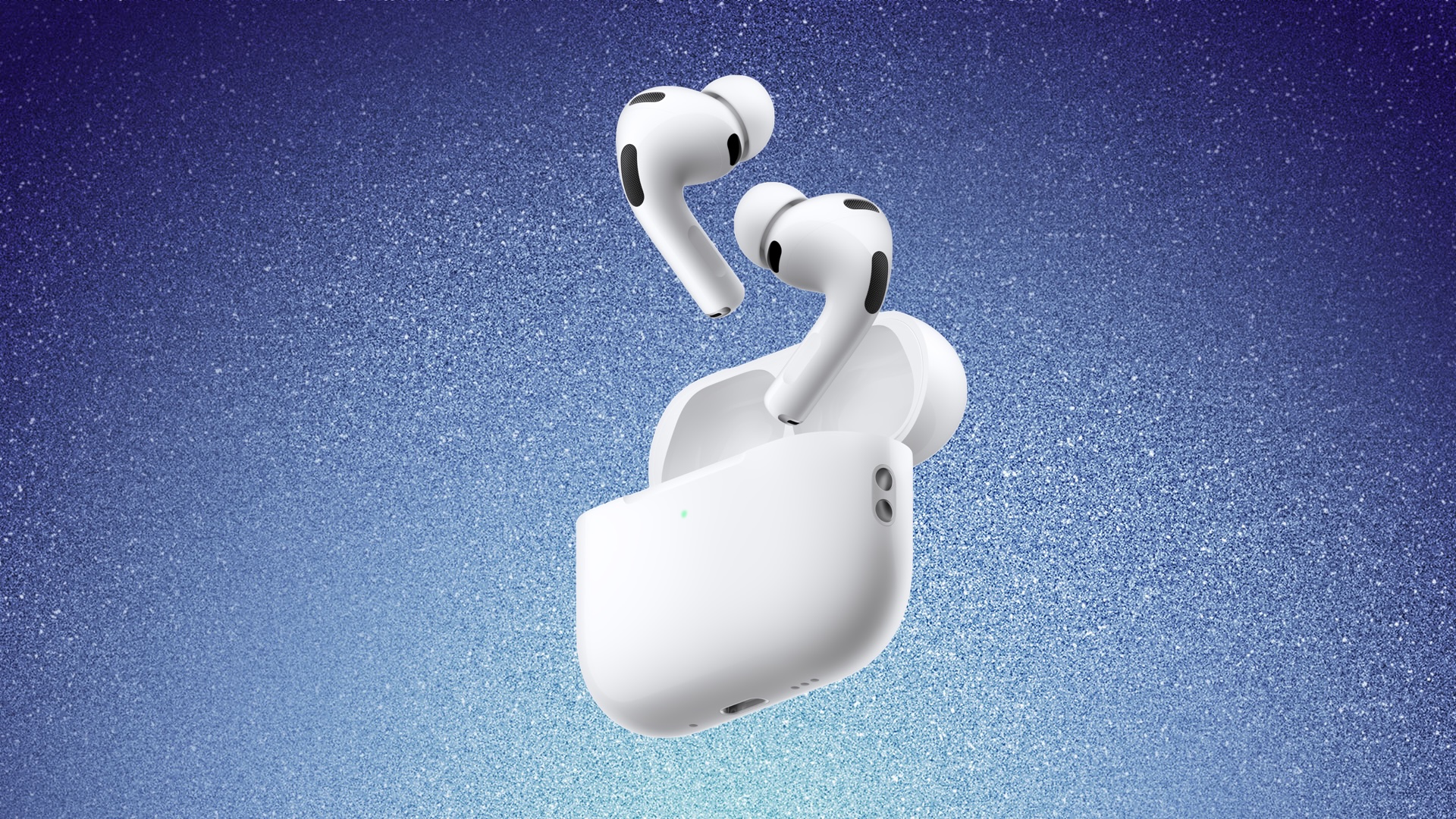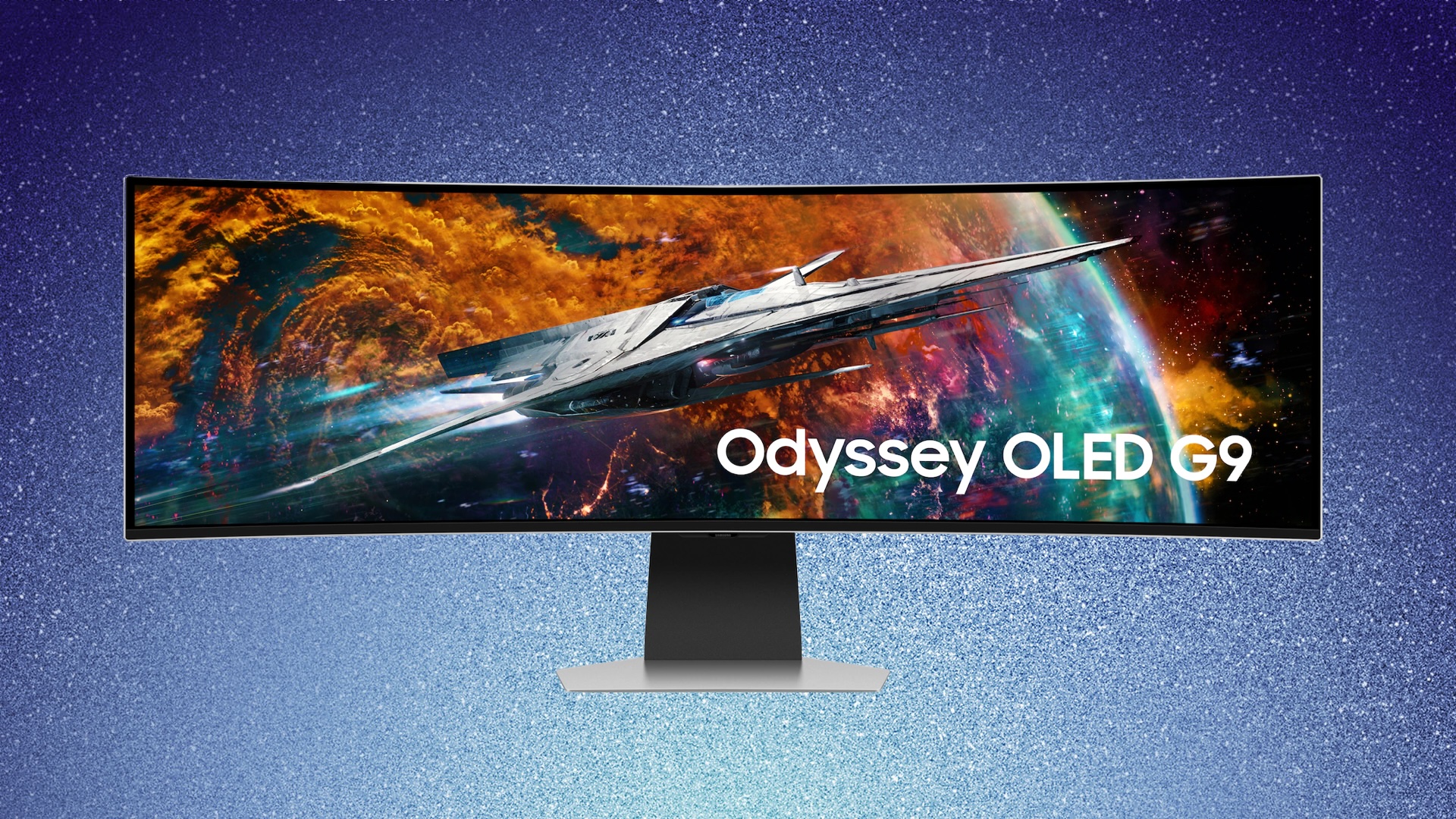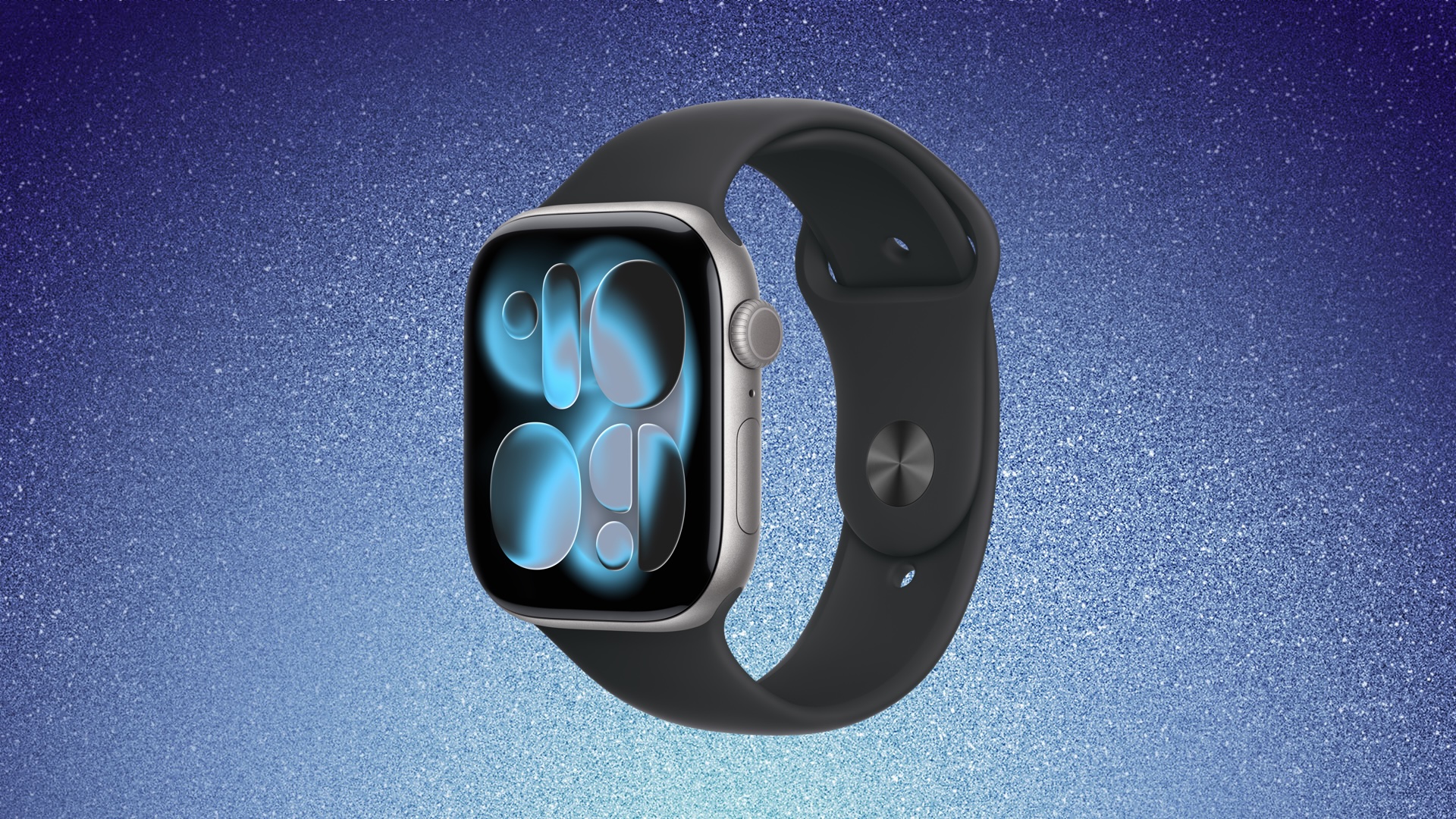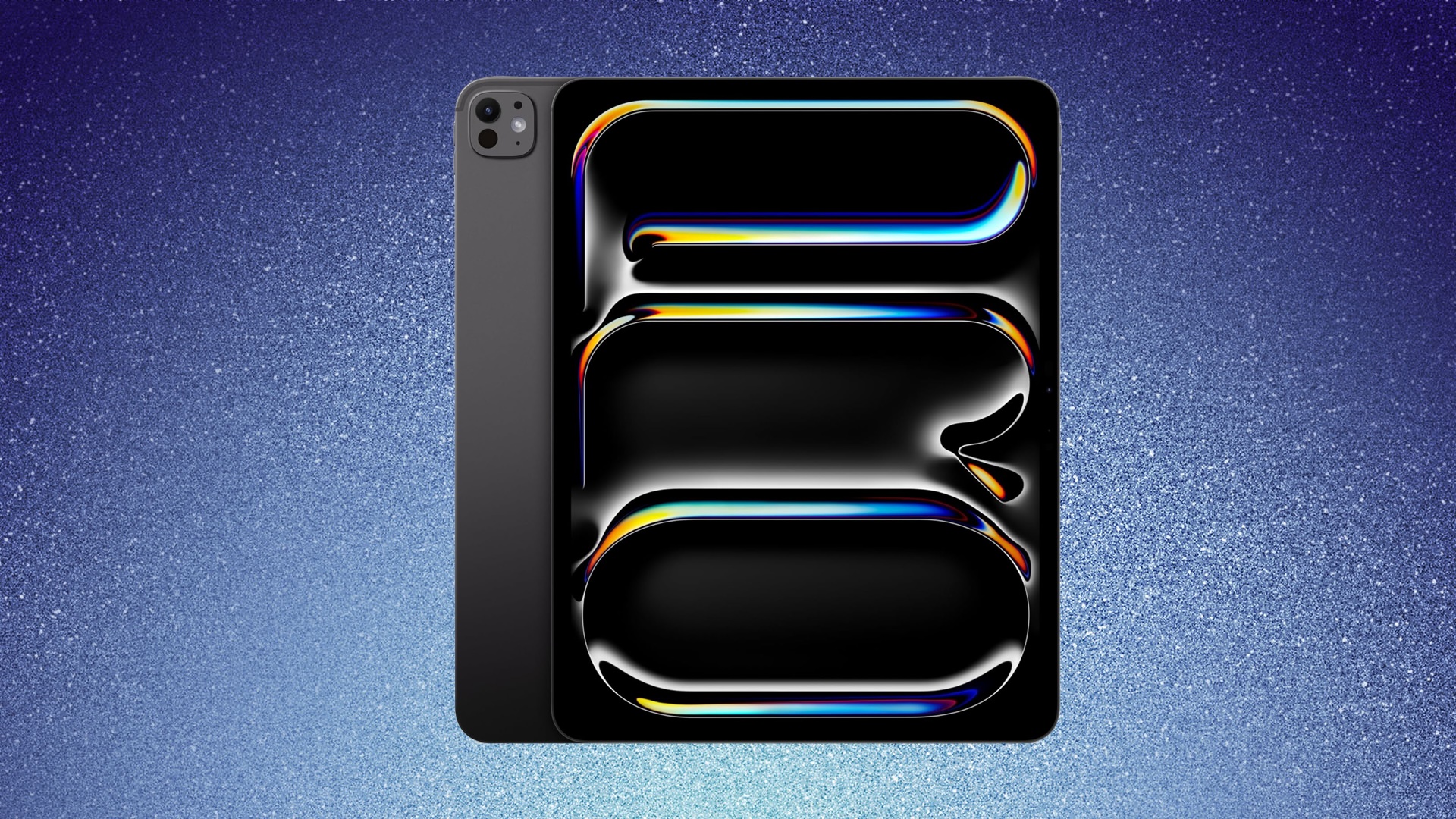Early iOS 26 Software Leak Uncovers Dozens of Upcoming Apple Features
Software from an iPhone prototype running an early build of iOS 26 leaked last week, giving us a glimpse at future Apple devices and iOS features. We recapped device codenames in our prior article, and now we have a list of some of the most notable feature flags that were found in the software code.
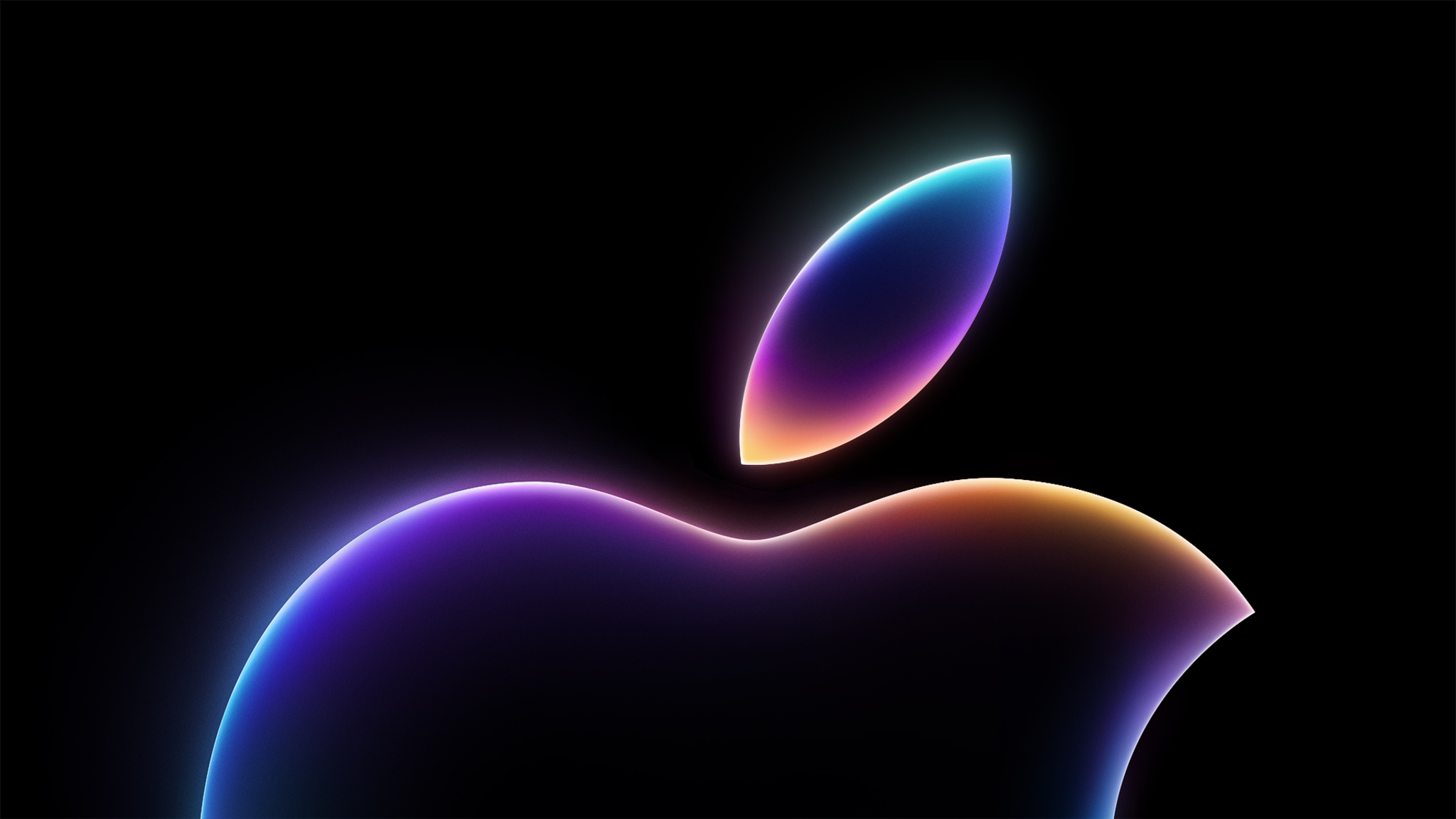
In some cases, it's obvious what the feature flags are referring to, while some are more vague and harder to interpret. We've included the feature flag and a short explanation of what it might reference, but keep in mind that Apple doesn't provide full explanations because this is all internal code. We're working off of titles and internal organization, but there are still hints of what may be coming in the future.
There are mentions of several previously rumored software features that are coming in updates to iOS 26 and in iOS 27.
There are a handful of health features that have a WWDC 2027 label attached.
There are multiple accessibility features, some of which have WWDC 2026 or fall 2026 dates, and some with no dates.
Keep in mind that Apple's plans can change, so while this is a glimpse of what Apple was working on around the June 2025 timeline, it may not be accurate any longer. Features can be scrapped, launch dates can be pushed back, and this list definitely doesn't include all of the new features that Apple has in the works for future software updates.
This article, "Early iOS 26 Software Leak Uncovers Dozens of Upcoming Apple Features" first appeared on MacRumors.com
Discuss this article in our forums

In some cases, it's obvious what the feature flags are referring to, while some are more vague and harder to interpret. We've included the feature flag and a short explanation of what it might reference, but keep in mind that Apple doesn't provide full explanations because this is all internal code. We're working off of titles and internal organization, but there are still hints of what may be coming in the future.
Products
- Unknown home accessory - There's a reference to J229 architecture. J229 is a home accessory, but we don't know what it is. It might be the camera that Apple is rumored to be working on, but it could also be something simpler like a standalone base for the home hub. Code references a sensor manager and sensing predict models.
- AirTag 2 - There are several references to future AirTag features, including Bluetooth improvements, low battery state improvements, and crowdsourced location improvements. Unknown references include AirTag2025_Phone_Finding, AirTag2025_Watch_Finding, Distribution, Battery, and Switchover. Note that it mentions 2025, suggesting Apple planned to release the AirTag 2 in 2025 and pushed it back.
- AirPods - Several AirPods features are listed with a spring 2026 launch: ContextualReminders, ConversationBreakthroughVQA, and Visual Lookup. There are also mentions of "Precise outdoor location understanding" and "Room Aware Connect Controls." There's a second fall 2025 label for "Extended_Precision_Finding_Core_Tech," and a "SRAudioMixing - Mix audio with the active streaming device" mention that could be related to the AirPods.
- Vision Pro - There's a "Enable AUSM Enhanced Room Spatializer" feature flag, which may be released to the Vision Pro. It has a spring 2026 label.
Software Features
There are mentions of several previously rumored software features that are coming in updates to iOS 26 and in iOS 27.
- Health+ - This is listed with a spring 2026 date. Rumors suggest it's a new AI-powered health-related subscription service. There are references to another health feature called "Gumdrop," but it's unclear what it is, plus a mention of a "Geronimo" feature with a date of 2030.
- Live Captions - Live Captions will expand to more languages, with this code labeled WWDC 2026.
- AutoFillUI - Third-party apps will be able to access autofill credit card information in fall 2026. Currently, you can take a picture of card details when checking out or use Apple Pay, but you can't autofill your credit card details when buying something in an app.
- Siri - There are several mentions of Siri features for the smarter version of Siri Apple is working on. IntelligenceFlow, PlanOverrides, SpotlightPersonalAnswersSiri, SpotlightSearchToolLLMQueryUnderstanding, and SpotlightExtSemanticSearch are some of the strings. The Siri mentions have a spring 2026 label.
- Freeform - Freeform is getting folders, with a spring 2026 date listed.
- Journal - Followup prompts are coming to the Journal app, also in spring 2026.
- Wallet - There are BankConnectUpcomingPaymentNotifications and AppleCardUpcomingPaymentNotifications strings with a WWDC 2026 date.
- Photos - Apple's code mentions Photos Connections and Shared Collections as features coming in fall 2026.
- There's a mention of Dynamic Sports Tier Manager for spring 2026.
2027
There are a handful of health features that have a WWDC 2027 label attached.
- sleepCloudKitManatee
- sleepCloudKitSync
- sleepOnIpad
- sleepOnMac
Accessibility
There are multiple accessibility features, some of which have WWDC 2026 or fall 2026 dates, and some with no dates.
- Live Captions - Labeled as LiveCaptionsForAll, unclear what it is.
- Background Sounds - A Version 2 is coming.
- macOS Keyboard - Full Keyboard Access VoiceOver Support for macOS. Mac is also getting extended font size range.
- Magnifier - There are Announce Stairs, Find My Item, and Human Hand Pose mentions.
- Live Listen - The software references Live Listen controls from watch, Live Mic levels on watch, and a Rewind 30 seconds feature for Live Listen.
- Tilt to Scroll - There's a mention of a Tilt to Scroll feature.
Other Features
- CallKit - CallKit mentions a Push-to-Talk option.
- ConversationKit - There's an "Experimental_CallScreening_LiveActivity" string.
- FinHealth - This section mentions reverse lookup, habitual spend, and spending summaries. Possibly something Apple Card related.
- Mail - There's a CatchUpHighlightsV2 string with a winter 2025 date.
- Podcasts - Podcasts references enabling the Home Siri assistant cell for CarPlay, enabling the Connected Subscriptions Account settings page, adding a button to translate a transcript, and tapping a translated paragraph to hear it spoken.
- Vision Pro stickers - There are mentions of a sticker creation feature for visionOS. Sticker effects and emoji creation are also mentioned.
Keep in mind that Apple's plans can change, so while this is a glimpse of what Apple was working on around the June 2025 timeline, it may not be accurate any longer. Features can be scrapped, launch dates can be pushed back, and this list definitely doesn't include all of the new features that Apple has in the works for future software updates.
This article, "Early iOS 26 Software Leak Uncovers Dozens of Upcoming Apple Features" first appeared on MacRumors.com
Discuss this article in our forums
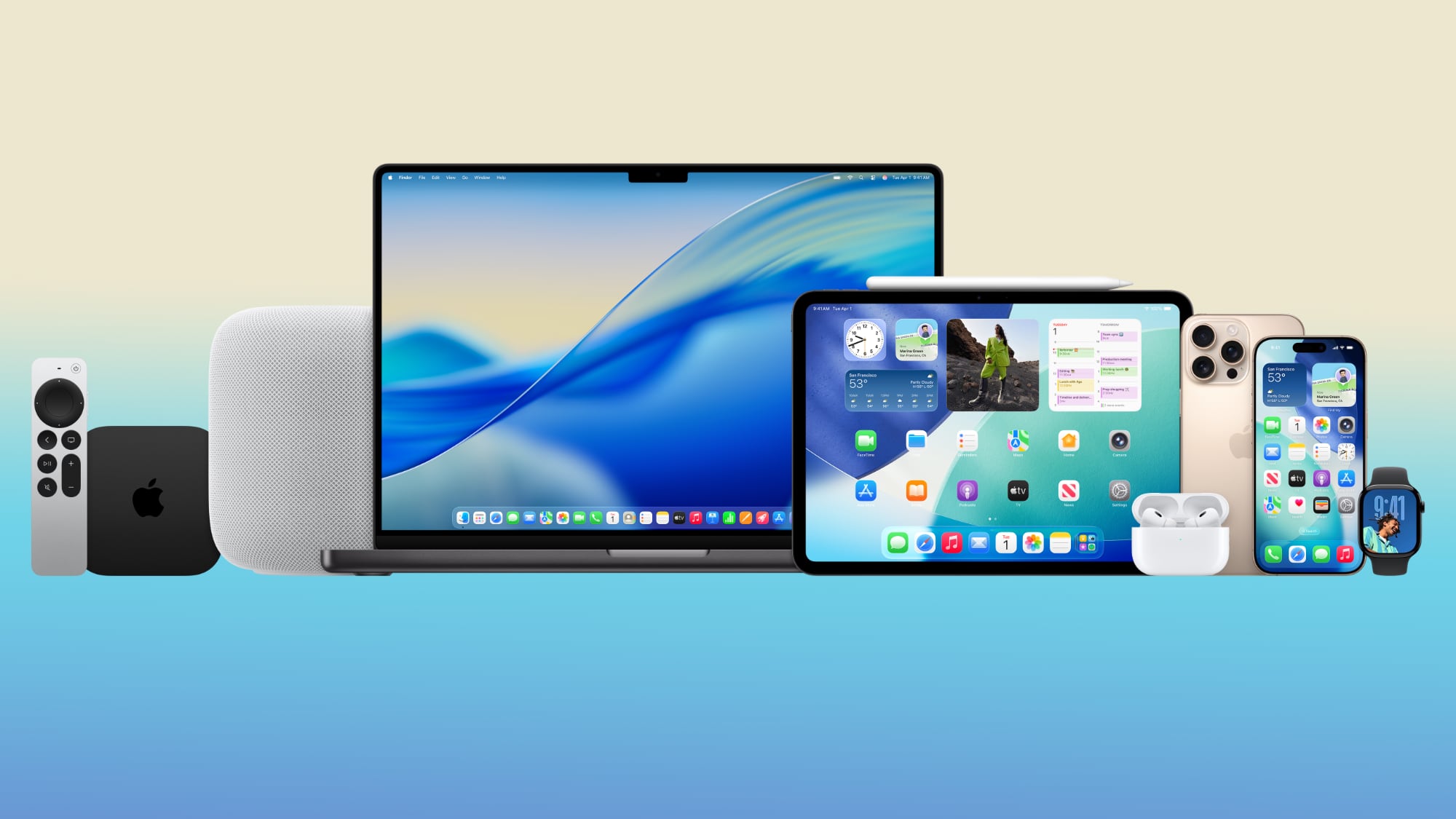
 (Mockup)
(Mockup)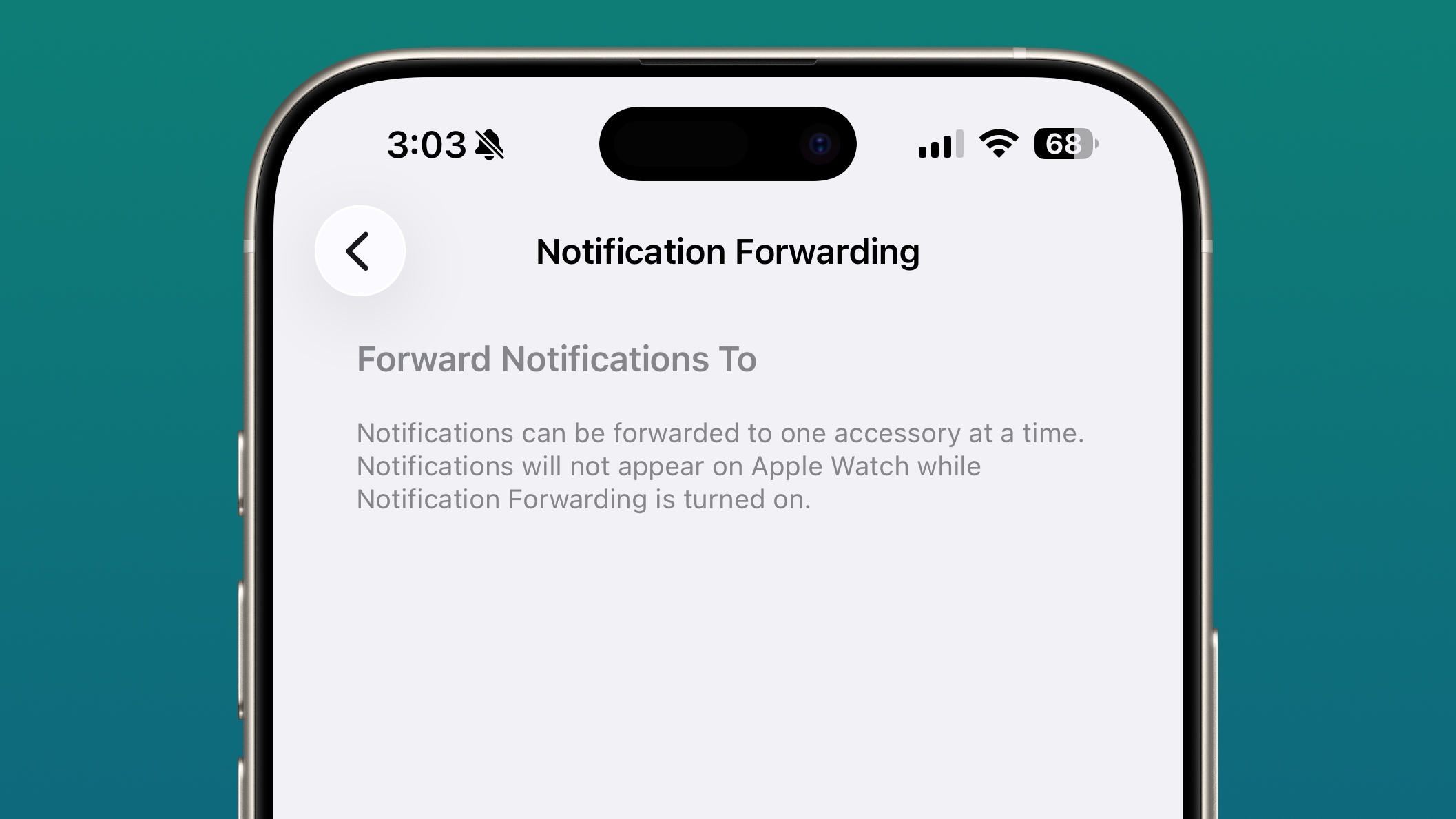

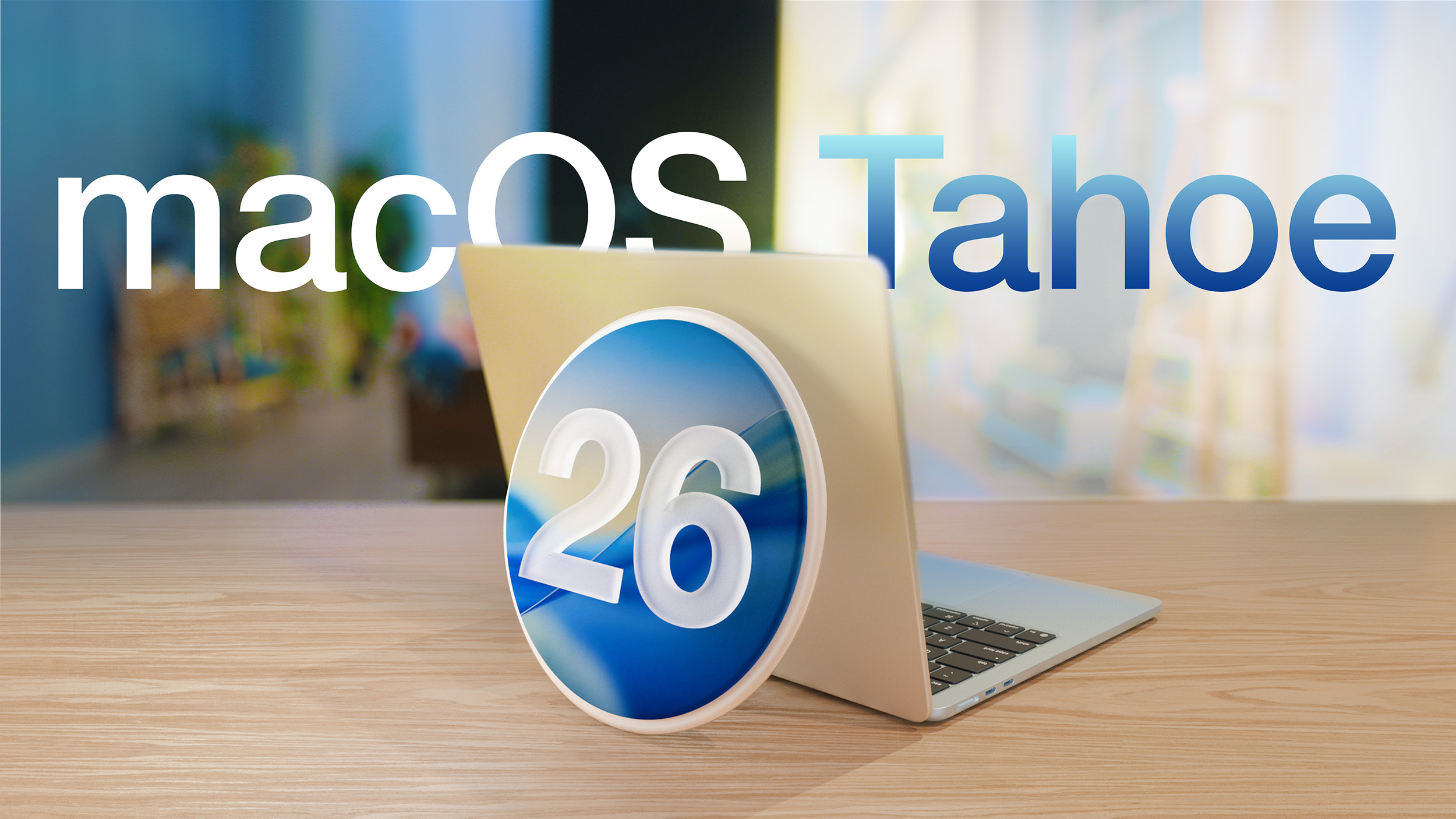

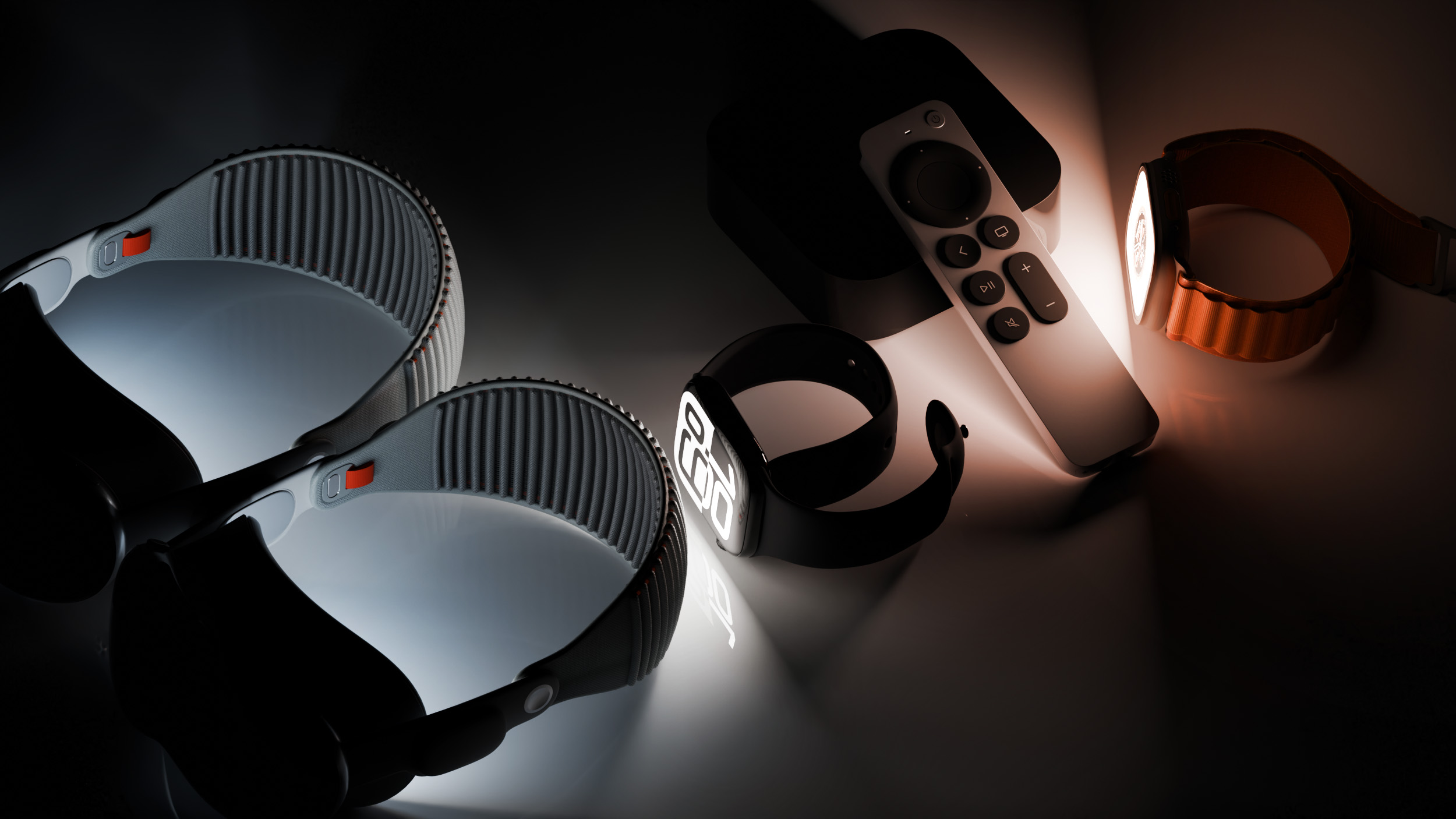
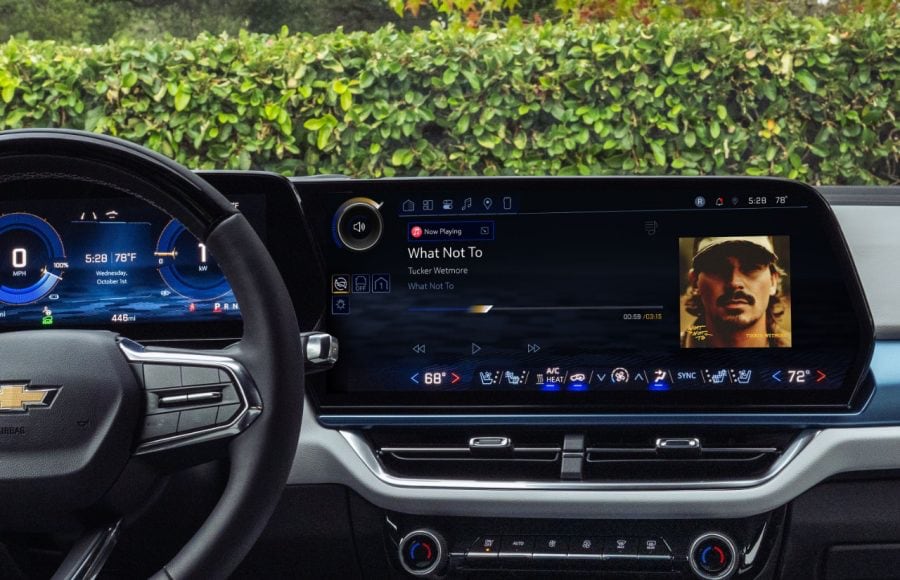
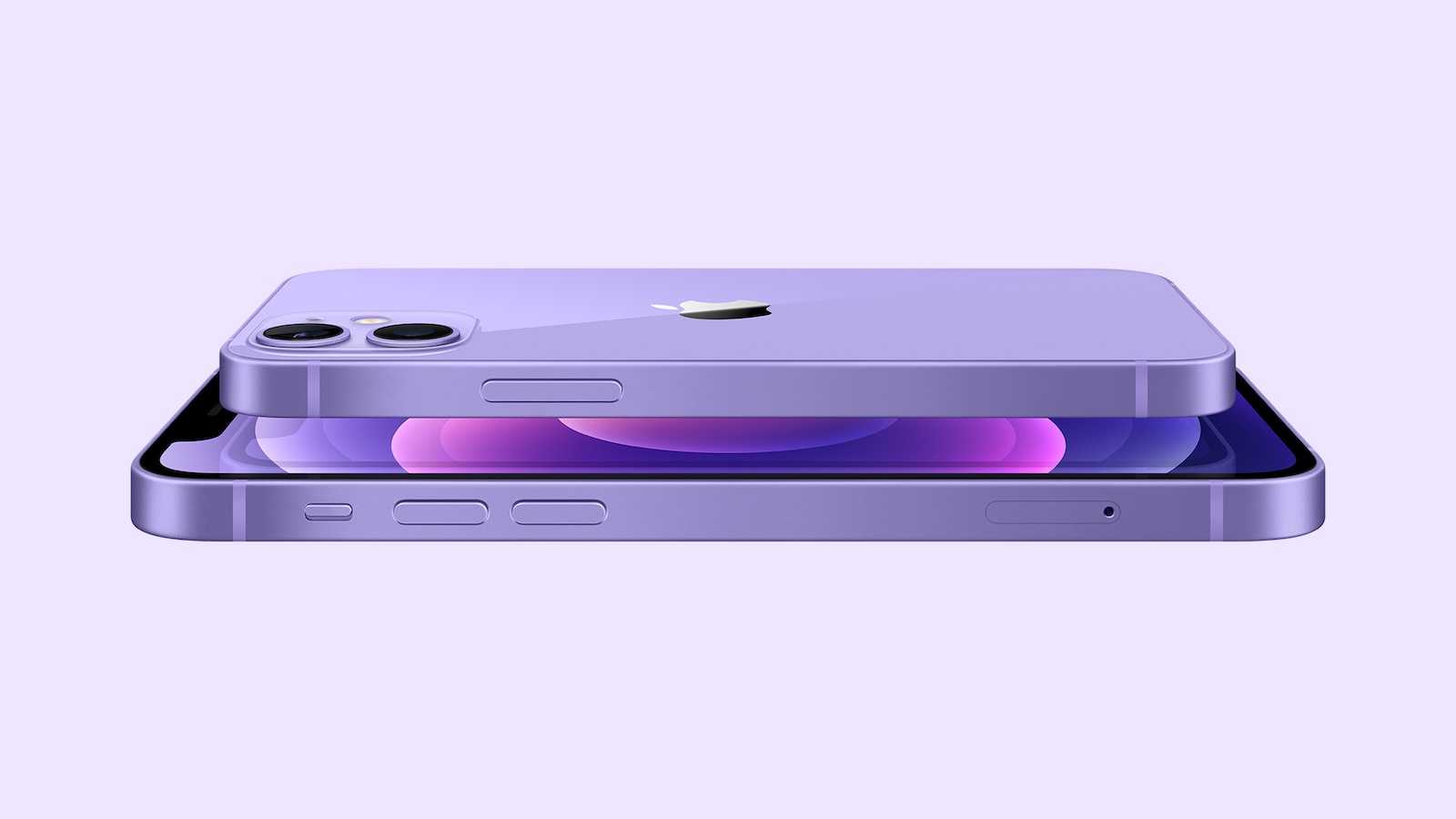
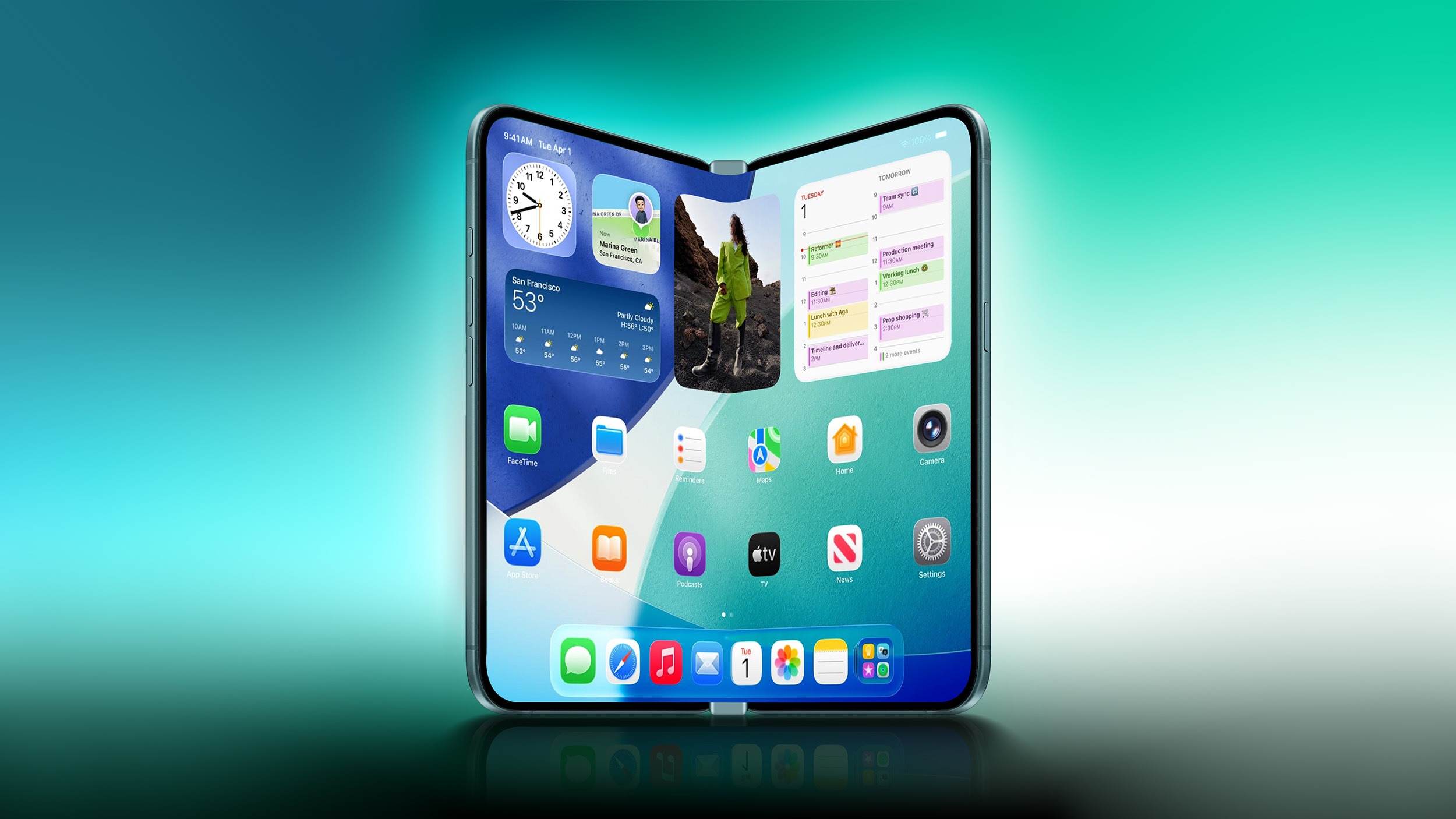
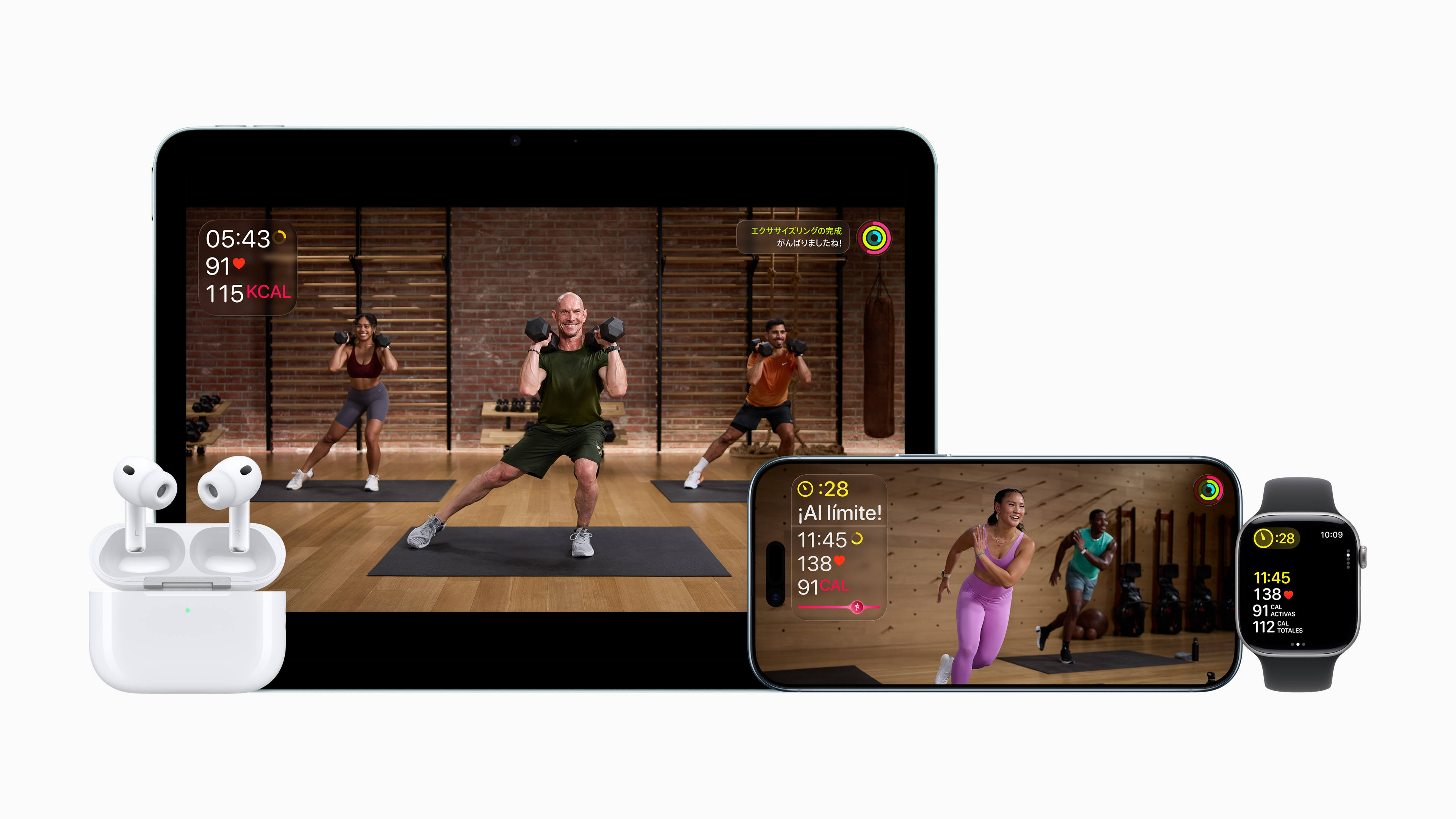

 Note: MacRumors is an affiliate partner with some of these vendors. When you click a link and make a purchase, we may receive a small payment, which helps us keep the site running.
Note: MacRumors is an affiliate partner with some of these vendors. When you click a link and make a purchase, we may receive a small payment, which helps us keep the site running.


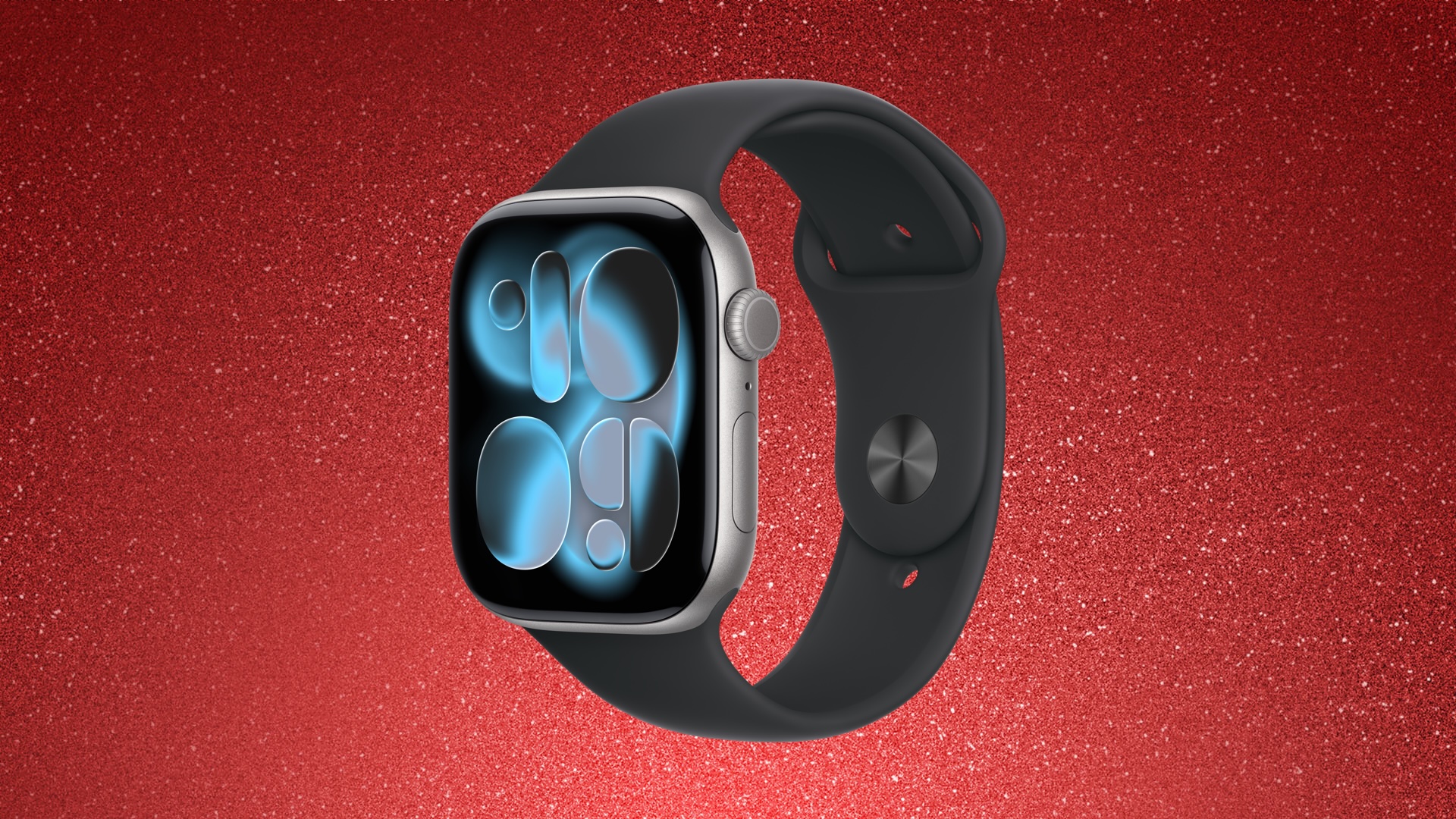


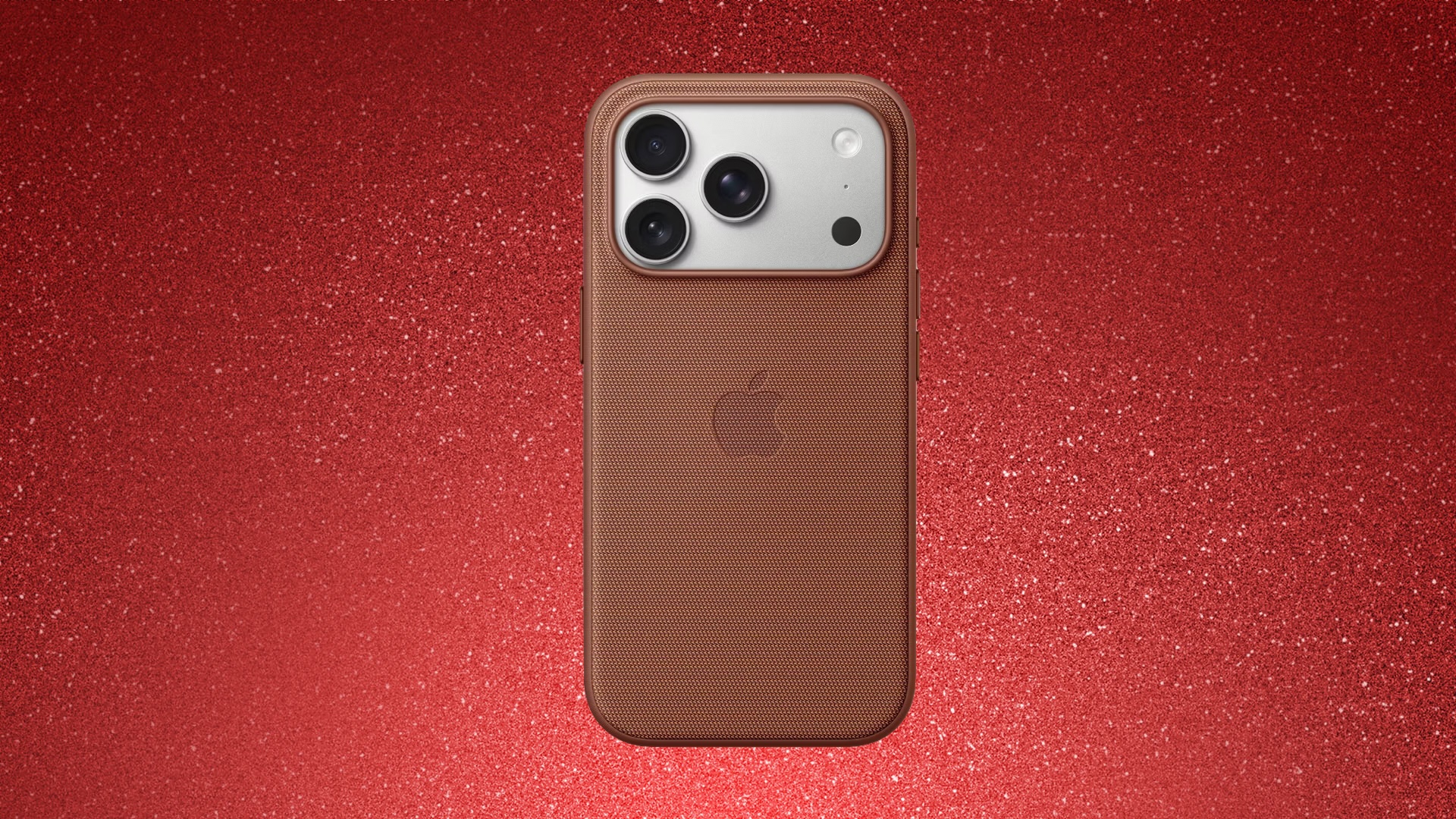

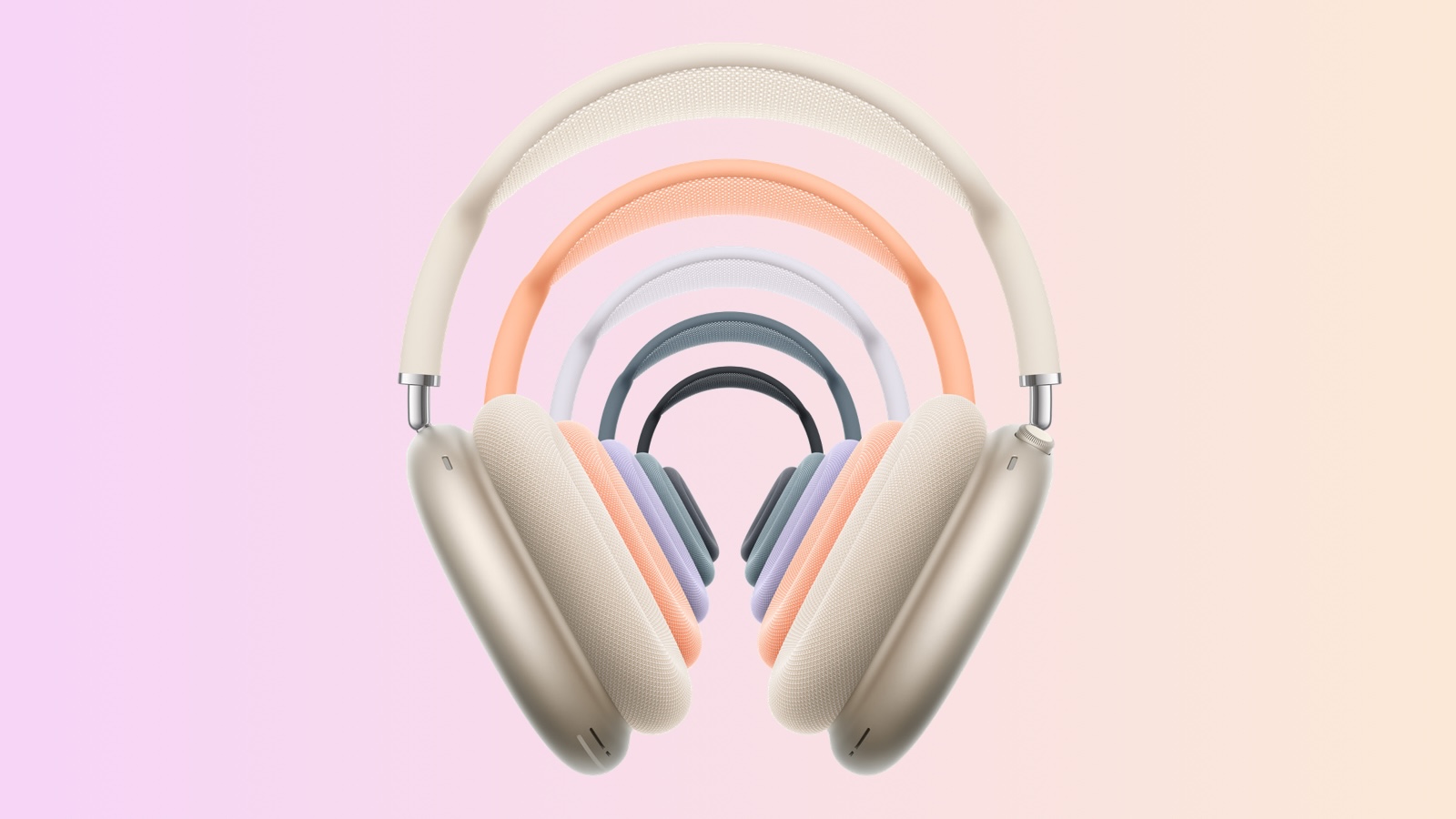

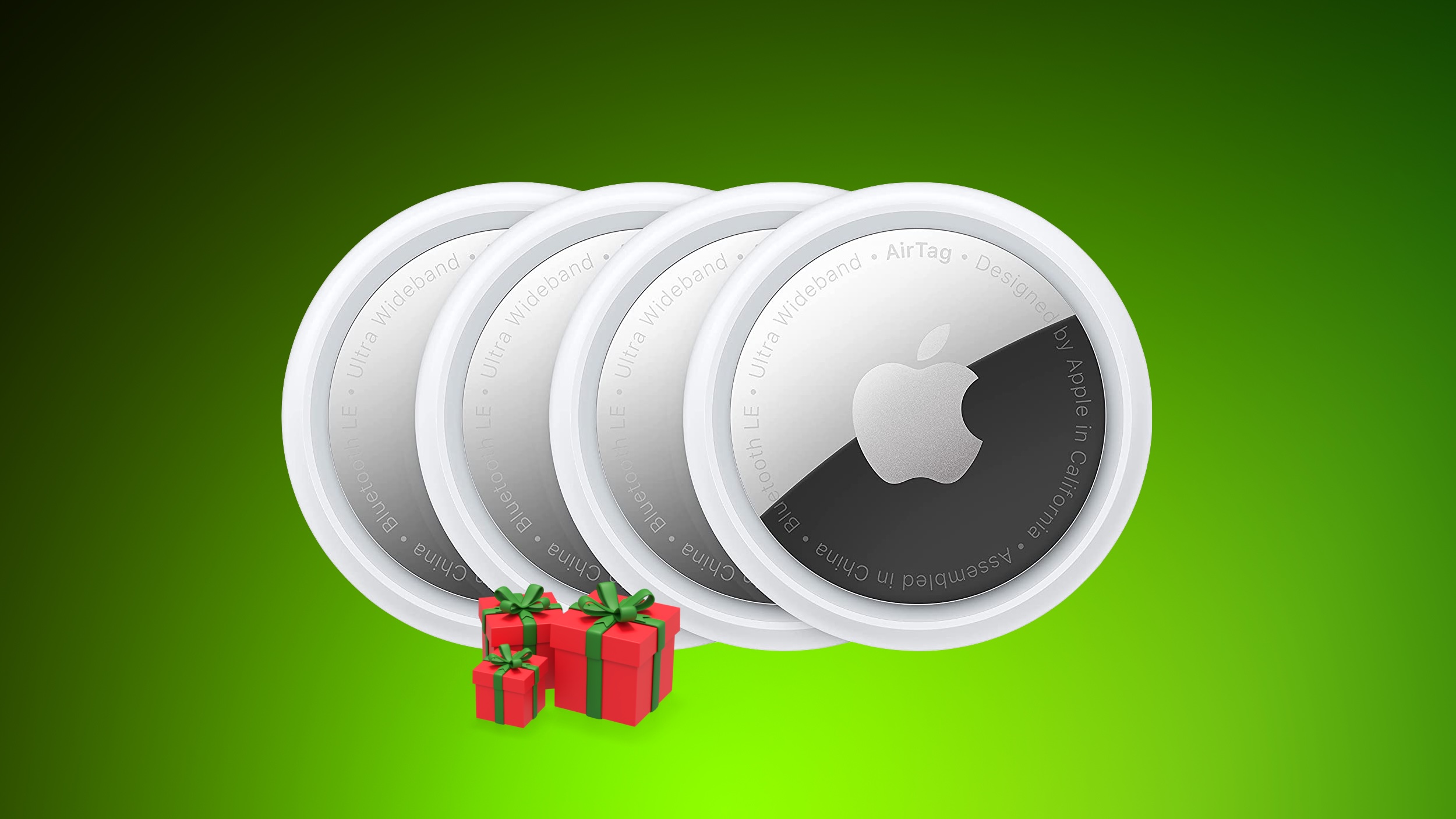 Note: MacRumors is an affiliate partner with Amazon. When you click a link and make a purchase, we may receive a small payment, which helps us keep the site running.
Note: MacRumors is an affiliate partner with Amazon. When you click a link and make a purchase, we may receive a small payment, which helps us keep the site running.

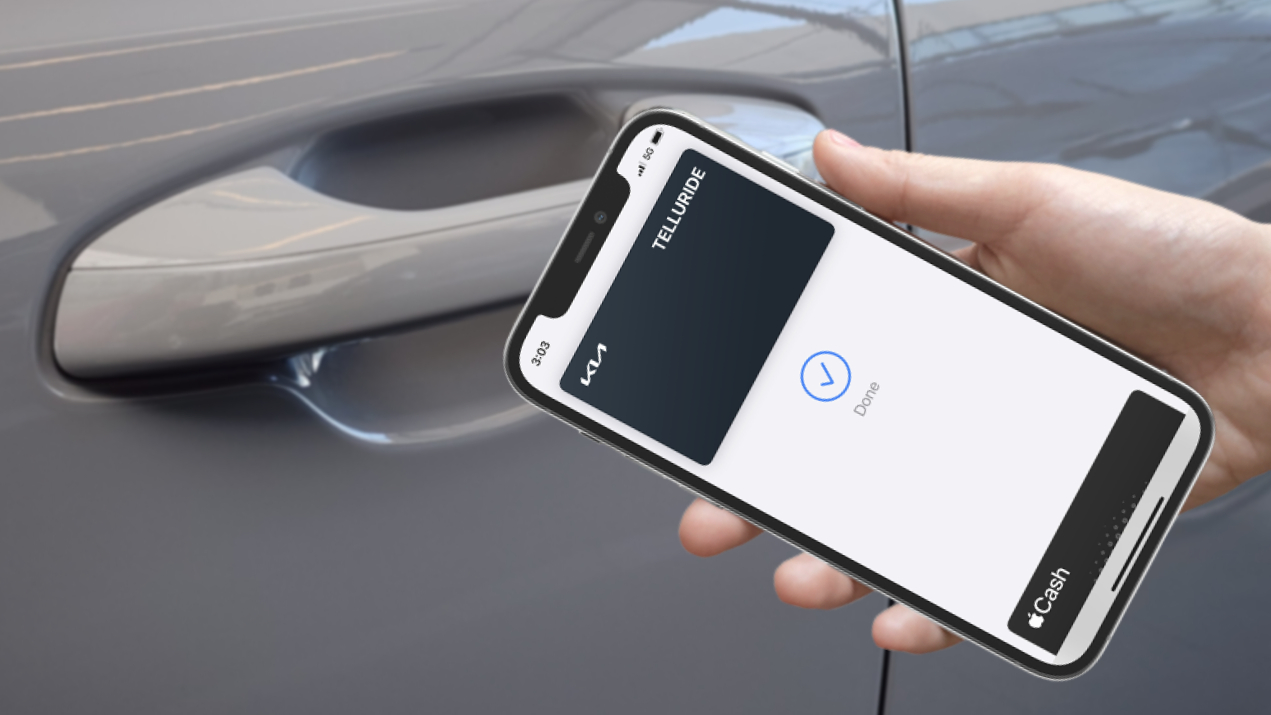
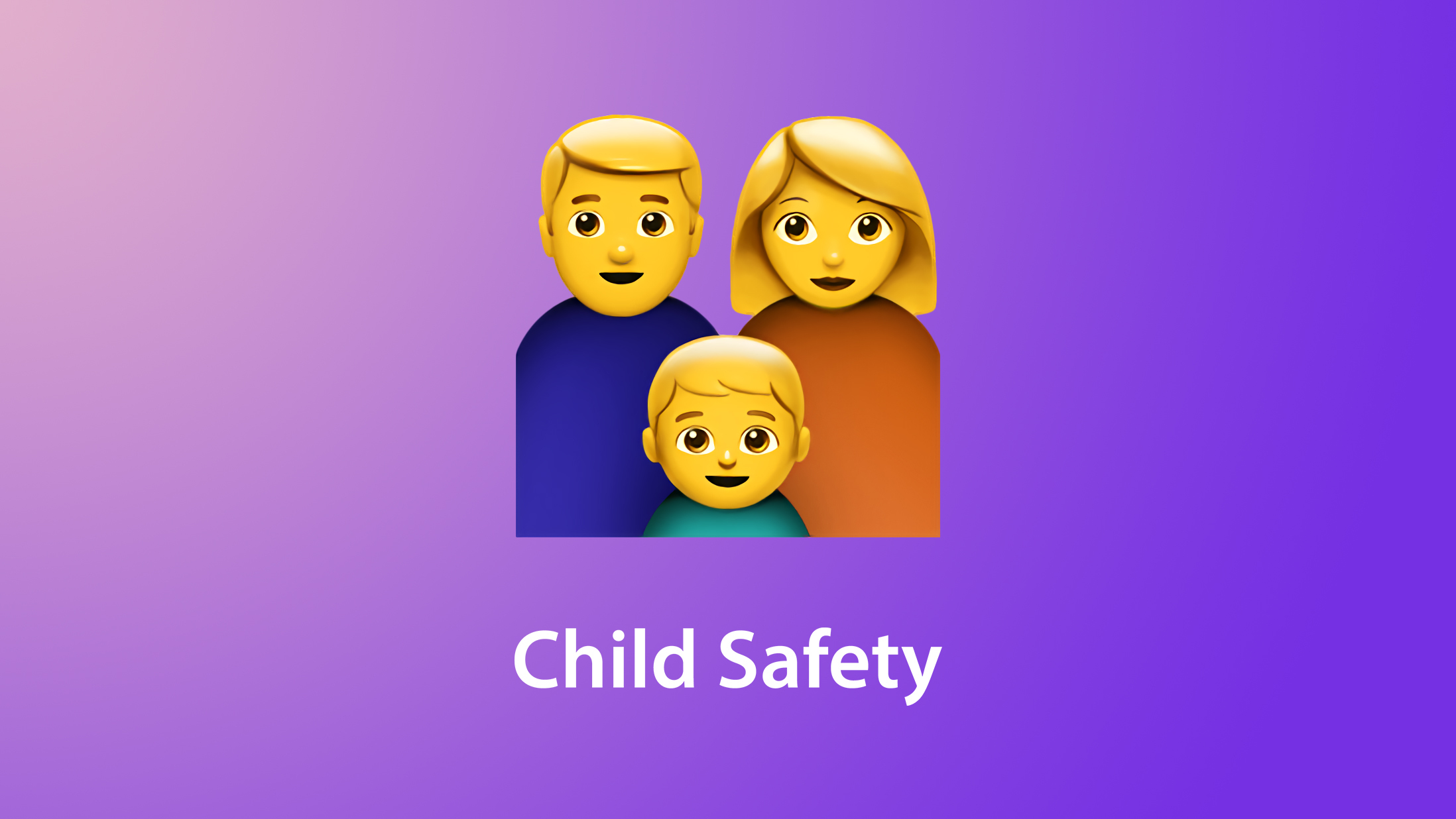
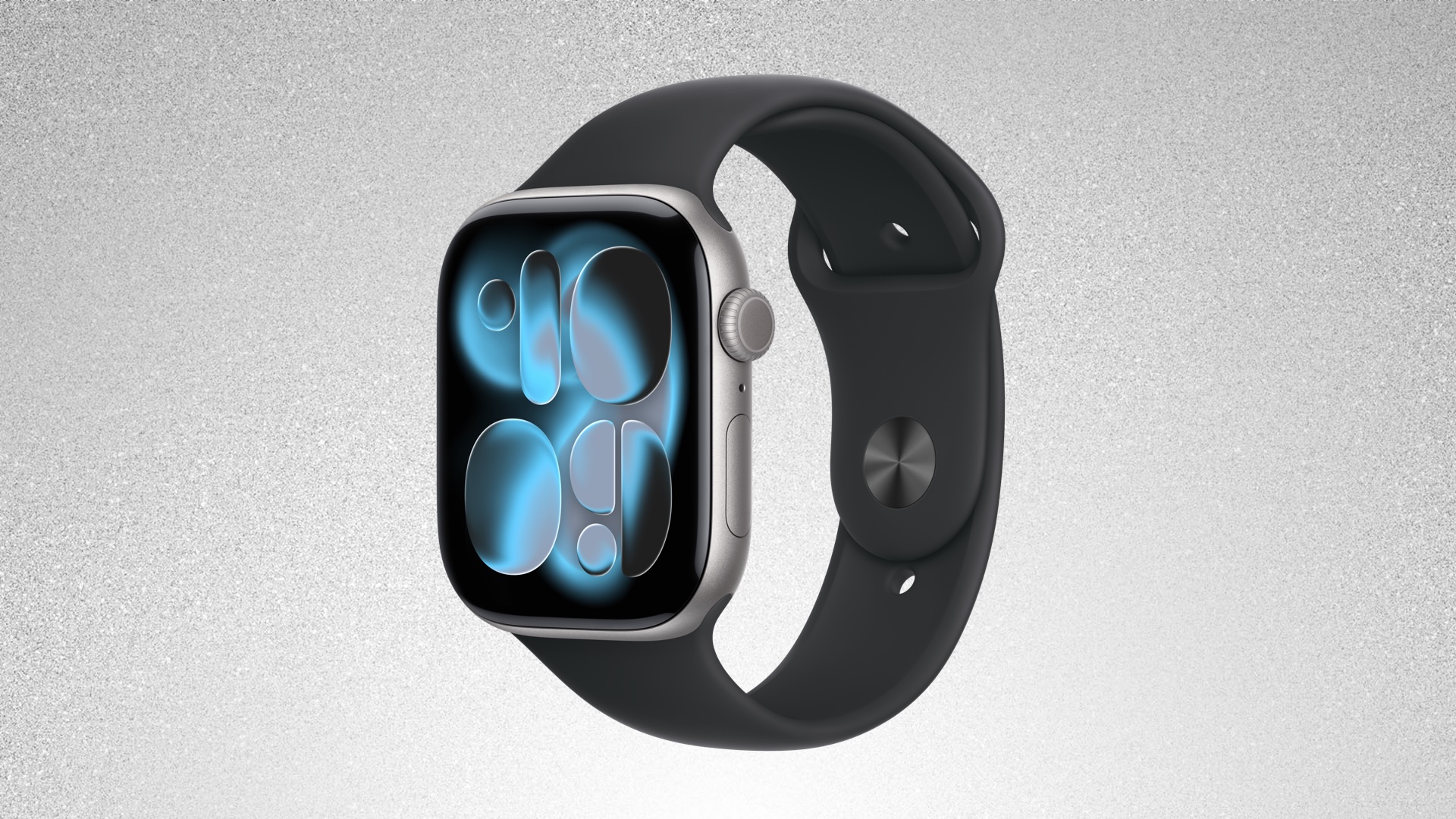 Note: MacRumors is an affiliate partner with Amazon. When you click a link and make a purchase, we may receive a small payment, which helps us keep the site running.
Note: MacRumors is an affiliate partner with Amazon. When you click a link and make a purchase, we may receive a small payment, which helps us keep the site running.
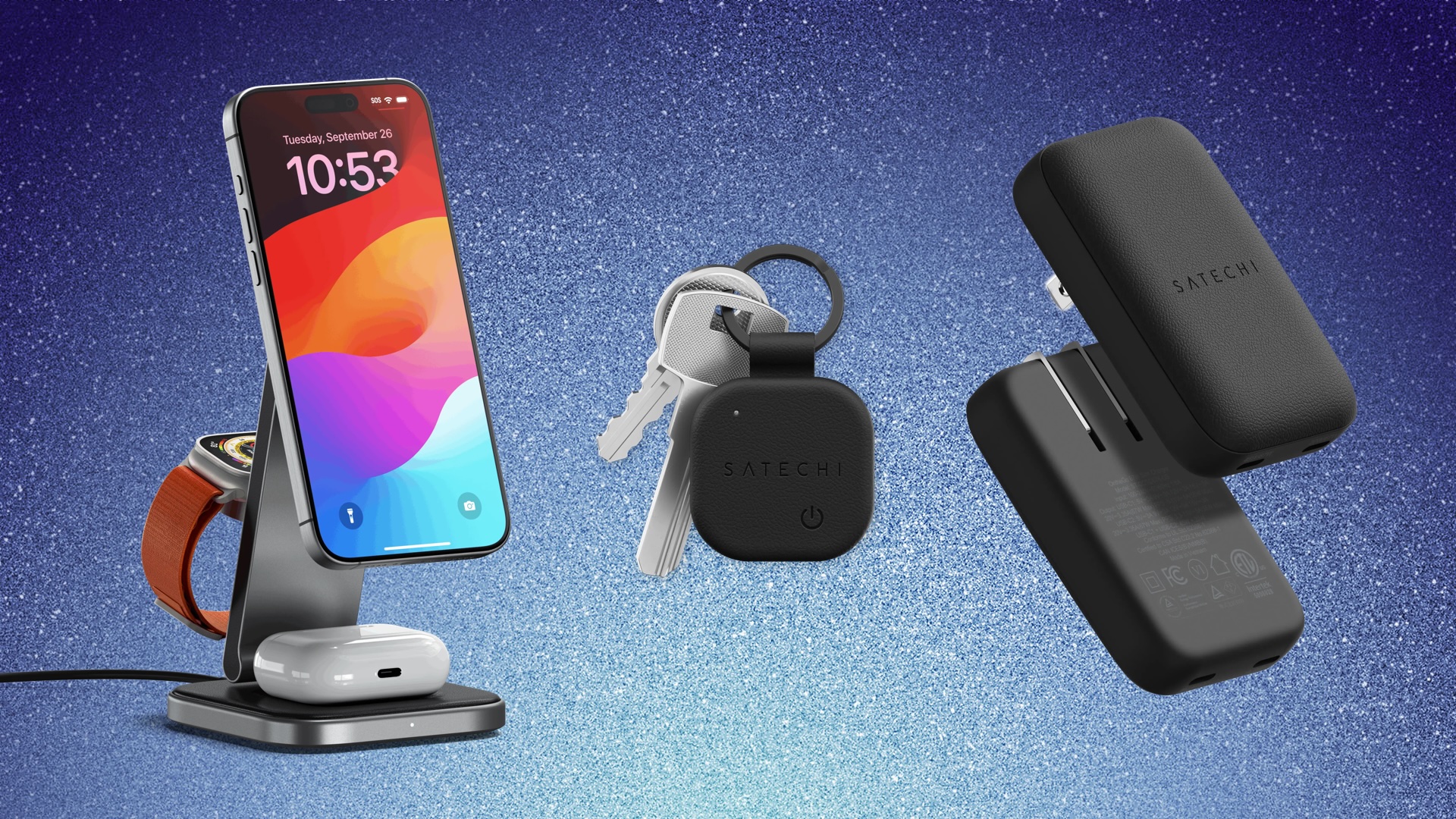 Note: MacRumors is an affiliate partner with Satechi. When you click a link and make a purchase, we may receive a small payment, which helps us keep the site running.
Note: MacRumors is an affiliate partner with Satechi. When you click a link and make a purchase, we may receive a small payment, which helps us keep the site running.
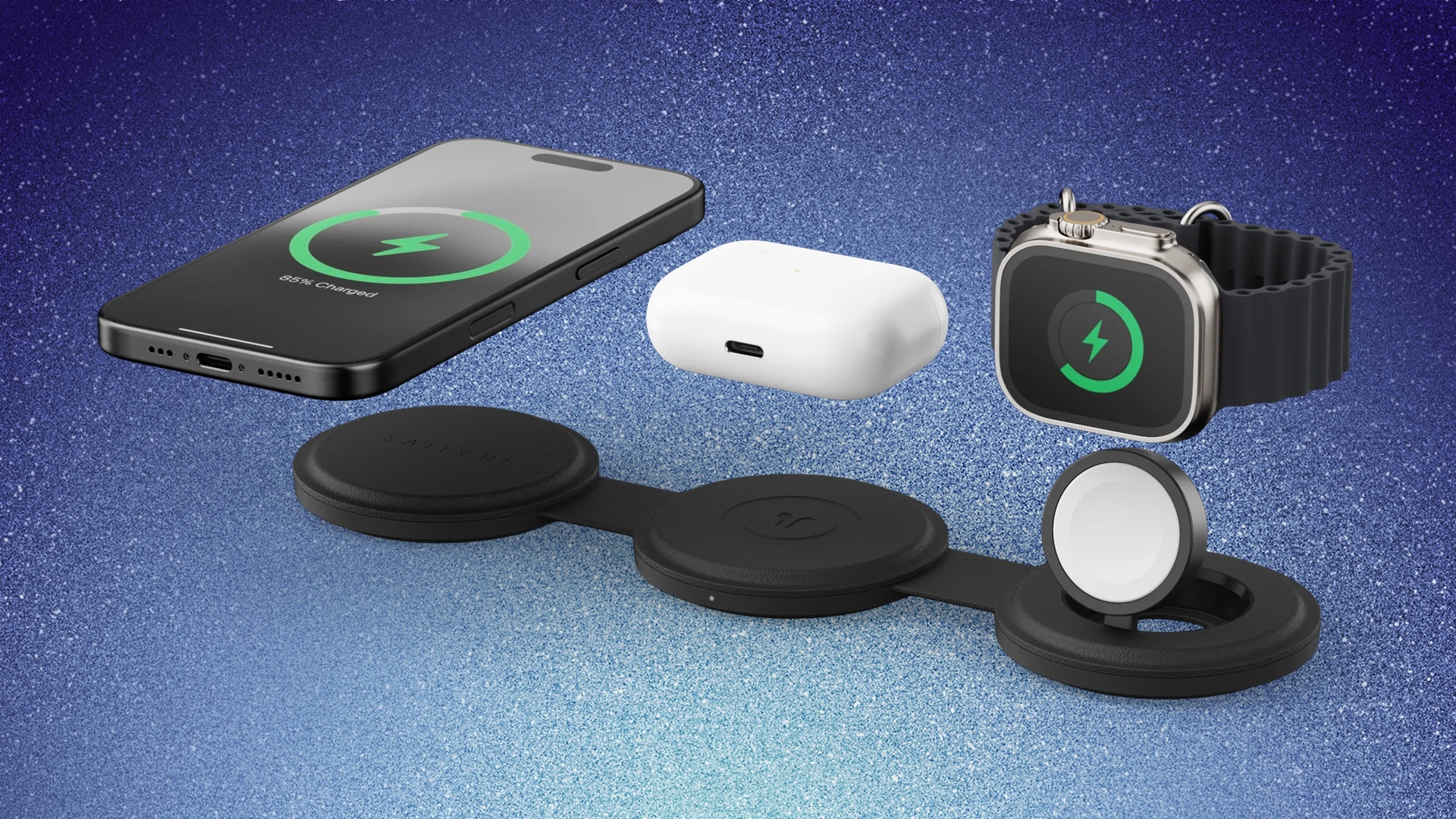
 Note: MacRumors is an affiliate partner with some of these vendors. When you click a link and make a purchase, we may receive a small payment, which helps us keep the site running.
Note: MacRumors is an affiliate partner with some of these vendors. When you click a link and make a purchase, we may receive a small payment, which helps us keep the site running.
